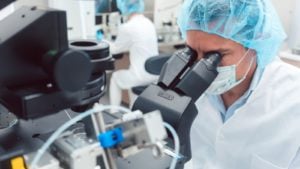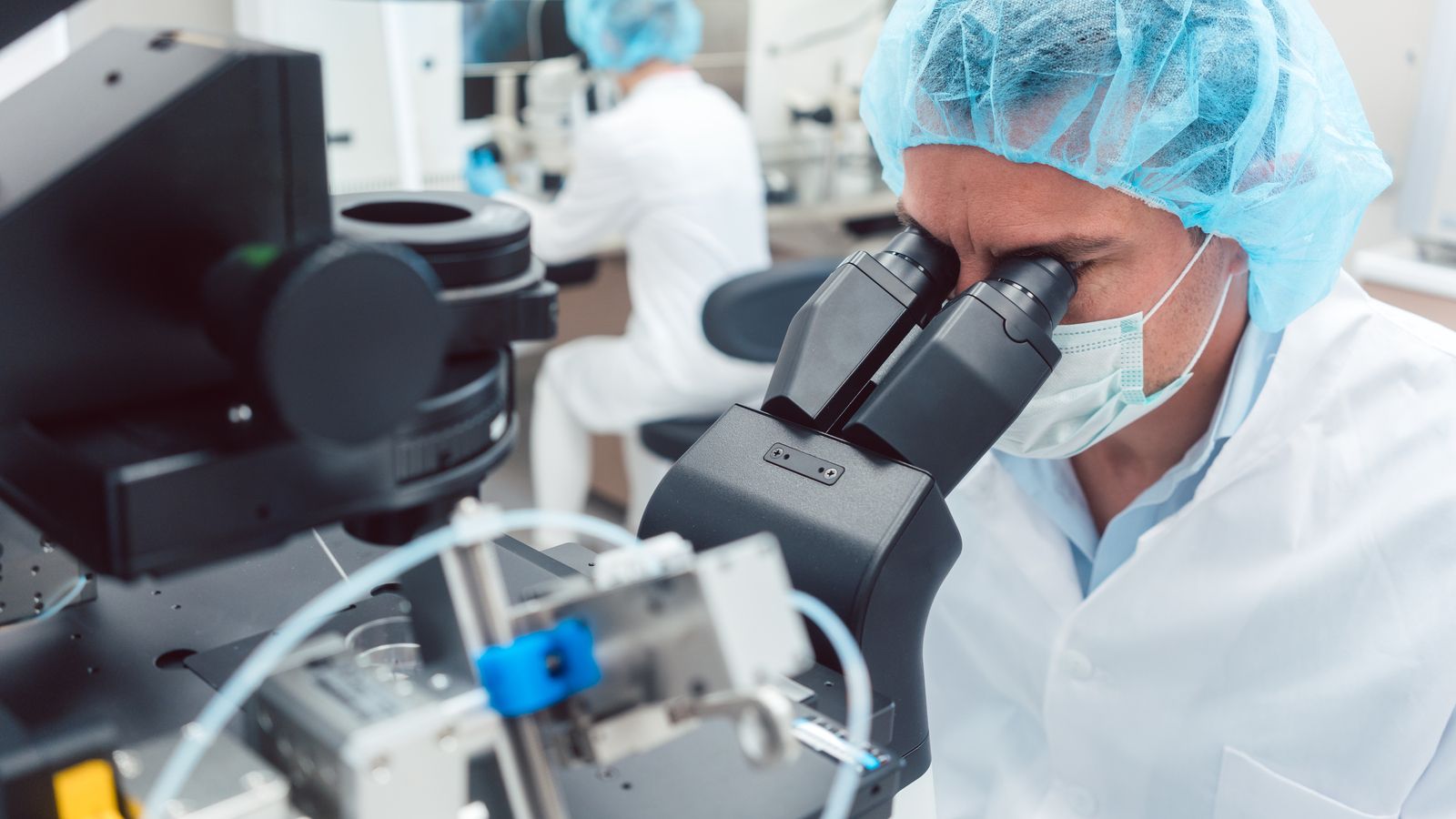On Dec. 4, 2019, iBio (NYSEAMERICAN:IBIO) shares closed at 28 cents. That was after the stock gained 51% that day. Within eight trading sessions, IBIO stock was back to just 19 cents.

On Dec. 4, 2020, IBIO stock closed at $1.49. That close followed a much steeper decline from brief highs above $7 back in July.
Trading aside, there’s an important question to ask: what’s changed for iBio? Certainly, the novel coronavirus pandemic materially affected the company’s operating environment. Optimism toward IBIO stock as a Covid-19 play spiked the stock in March, and sent it parabolic in July.
And, to be fair, iBio made a few moves this year. The balance sheet has been notably strengthened.
But, broadly speaking, I’m not sure iBio is a terribly different company in December 2020 than it was in December 2019. At the least, it hasn’t proven anything over that stretch. Yet iBio, even with the steady pullback from July highs, now has a market capitalization of $225 million – against roughly $6 million a year ago. (Bear in mind that iBio sold a substantial amount of stock, which is why its market capitalization rose at a far higher pace than its stock price.)
That kind of increase suggests a material change in the company’s prospects. We haven’t seen enough evidence of that material change yet, and until we do, IBIO stock will remain a sell.
The November Update
iBio’s corporate update from Nov. 16 underlines the core problem with IBIO stock. The update is written by iBio to highlight recent achievements, but there’s just not much there.
In the RBP (research and bioprocessing products) segment, iBio called out an agreement with Safi Biosolutions. The agreement isn’t much. Safi only agreed to “evaluate” iBio’s FastPharming system. iBio said it had “demonstrated the ability to express more than a dozen recombinant proteins.” But it’s not clear what value, if any, those proteins have. Nor does Safi appear to be a company of material size; according to Pitchbook, it’s raised just $1.5 million in capital. Even if Safi goes forward with some sort of deal, it seems unlikely to move the needle for iBio.
In vaccines, iBio continues to talk up its IBIO-201 candidate. But nothing has really happened. iBio again highlighted a preclinical study that took place in August. Choosing IBIO-201 as the lead candidate (another supposed highlight) isn’t much of a step. “Initiated discussions” with the U.S. Food & Drug Administration too seems unimpressive as the likes of Pfizer (NYSE:PFE) and Moderna (NASDAQ:MRNA) roar toward actual approval.
Then there’s the therapeutics segment, where iBio is resting on an August announcement of a licensing agreement. That agreement raises the question of what, exactly, iBio offers if it needs to license another company’s platform.
Even the one piece of seemingly obvious good news isn’t that impressive. iBio noted that CDMO (contract development and manufacturing organization) revenue increased 280% year-over-year. But according to the Form 10-Q filed with the U.S. Securities and Exchange Commission, CDMO revenue totaled just $413,000 in the quarter. Again, this is a company worth well past $200 million at this point.
The Case for, and Against, IBIO Stock
To be fair, from a broad sense iBio still has time. One key benefit of the rally in IBIO stock was that the company has been able to raise significant capital. The company finished the fiscal first quarter (ending Sep. 30) with $77 million in cash, against just $3.6 million at the end of calendar year 2019.
Meanwhile, bulls still see value in FastPharming, and hopes that the process can be used to manufacture a Covid-19 vaccine. There are still legacy products in the pipeline, such as IBIO-100, a potential treatment of systemic scleroderma.
The problem is that iBio isn’t making much progress there, either. Nor is it really possible to see how it will. The company spent just $1.7 million on research and development in the most recent quarter.
That’s not nearly enough to keep the company in the vaccine race. Moderna spent $344 million over the same period – roughly 200 times as much. Even looking to smaller Covid-19 plays, Sorrento Therapeutics (NASDAQ:SRNE) invested $32 million in its various efforts, and Novavax (NASDAQ:NVAX) a whopping $295 million (some 3% of its market capitalization).
Less than $2 million in R&D is not enough to drive iBio forward. It’s certainly not enough to compete. Frankly, it’s not enough to do much of anything at all.
And as iBio keeps falling behind, investors keep ditching IBIO stock. If the former trend continues, the latter one will as well.
On the date of publication, Vince Martin did not have (either directly or indirectly) any positions in the securities mentioned in this article.
After spending time at a retail brokerage, Vince Martin has covered the financial industry for close to a decade for InvestorPlace.com and other outlets.
